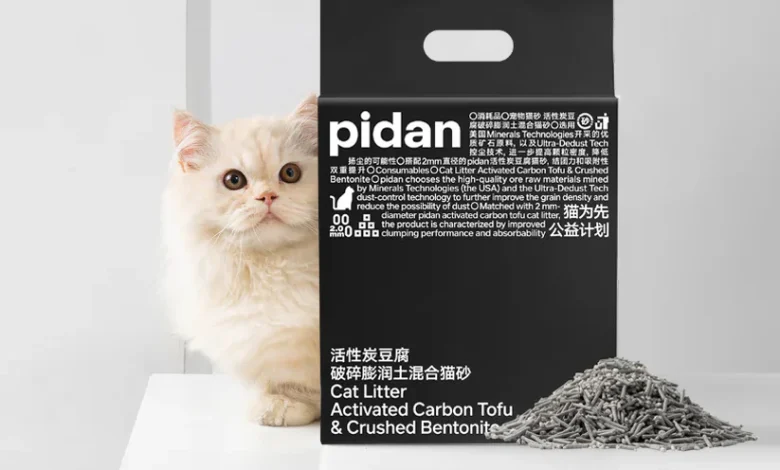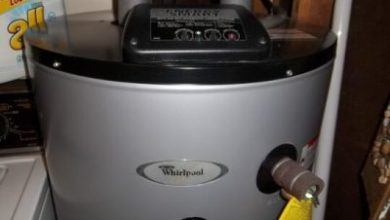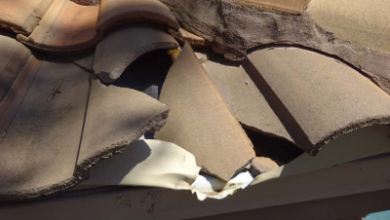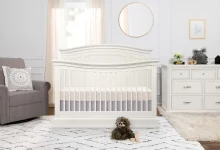How Tofu Cat Litter Reduces Your Carbon Pawprint: A Green Solution for Cat Lovers

As cat owners, we all want what’s best for our furry companions. However, it’s equally important to consider the impact our choices have on the environment. Traditional cat litters, especially clay-based ones, rely on resource-intensive mining practices that can cause significant environmental harm. Tofu Cat Litter, made from soybean byproducts, offers a sustainable alternative that helps reduce the carbon “pawprint” associated with pet ownership. Here’s how tofu cat litter provides an eco-friendly, effective, and convenient solution for responsible cat parents.
1. Made from Renewable, Plant-Based Resources
Tofu cat litter is crafted from the byproducts of soybean processing, a renewable, plant-based resource. By using the remnants of food production, tofu litter turns what would otherwise be waste into a useful, environmentally friendly product. This reduces the demand for virgin materials and lessens the environmental impact associated with manufacturing.
2. Low Carbon Production Compared to Clay Mining
The process of creating tofu litter involves significantly less energy compared to clay-based litters. Clay litter requires extensive mining, which is energy-intensive and releases large amounts of CO₂ into the atmosphere. On the other hand, tofu litter relies on agricultural byproducts and simpler manufacturing processes, which keep carbon emissions much lower.
3. Biodegradable and Compostable
Unlike traditional litters, which sit in landfills for years, tofu cat litter is biodegradable and compostable. It breaks down naturally, reducing the amount of waste that accumulates in landfills. By switching to tofu litter, cat owners contribute to a circular economy where products return to the earth safely, rather than piling up in the waste stream.
4. Reduced Plastic Waste with Flushable Disposal
Most traditional litters require plastic bags for disposal, contributing to plastic waste. Tofu litter, however, can be flushed in small quantities (always check local regulations). This eliminates the need for disposable plastic bags and reduces the overall waste generated by litter disposal, which helps to reduce the carbon footprint of cat ownership.
5. No Synthetic Chemicals or Artificial Fragrances
Tofu cat litter’s natural composition means it doesn’t contain synthetic chemicals or fragrances commonly found in other types of litter. These additives can produce emissions during manufacturing and contribute to indoor air pollution. Choosing a natural option like tofu litter reduces demand for chemically treated products, promoting a cleaner, greener household environment.
6. Long-Lasting, Reducing the Frequency of Replenishment
Tofu litter is highly absorbent, often lasting longer than traditional clay litter. Since tofu litter requires fewer changes, pet owners use less litter overall, reducing the frequency of purchases, packaging, and transportation emissions. A longer-lasting litter means fewer resources consumed, which directly impacts your household’s carbon footprint.
7. Low Dust for Healthier Indoor Air Quality
Clay litter often produces dust, which can negatively affect indoor air quality and contribute to respiratory issues in both cats and humans. Tofu litter is dust-free, improving indoor air quality and reducing the need for extra cleaning, fans, or air purifiers that might add to energy use. With better air quality, cat parents can create a healthier home environment with fewer emissions from energy-hungry cleaning devices.
8. Low Tracking, Less Frequent Cleaning Needs
Cats can track clay litter all over the house, requiring regular sweeping, vacuuming, and mopping, which all consume energy. Tofu litter is generally low-tracking, meaning it stays in the box and minimizes the need for frequent cleaning. Less frequent cleaning not only conserves energy but also saves time and effort, making it a win-win for eco-conscious cat owners.
9. Supports Sustainable Agriculture
By using agricultural byproducts, tofu cat litter supports sustainable agriculture. Soybeans are already widely cultivated for food production, and by using the waste from this process, tofu litter manufacturers support a more efficient and resource-conserving system. This alignment with sustainable agriculture means that eco-conscious cat owners can feel good about a product that minimizes its impact on the planet.
10. Encouraging Greener Choices in the Pet Industry
As more cat owners switch to tofu litter, the demand for eco-friendly pet products continues to rise. This creates a positive feedback loop, encouraging manufacturers to develop greener, more sustainable options across the industry. By choosing tofu cat litter, cat parents contribute to a larger movement toward environmentally responsible products that minimize harm to the planet.
Conclusion: Small Changes, Big Impact
Switching to tofu cat litter may seem like a small change, but it has a big impact when it comes to reducing your carbon footprint as a pet owner. From its plant-based ingredients and biodegradable nature to its reduced environmental impact and sustainable sourcing, tofu cat litter embodies the values of eco-friendly living. By making the switch, you’re not only providing a healthier environment for your cat but also supporting a greener planet—one pawprint at a time.









